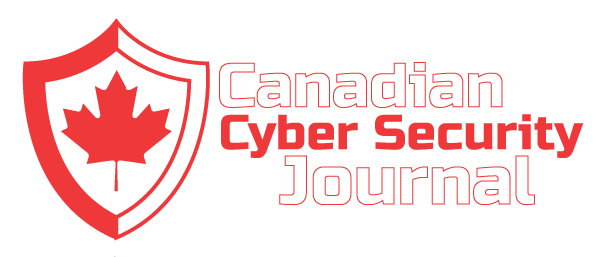Government and military organizations are top targets of cyberattacks. According to Check Point’s 2023 Cyber Security report, government organizations suffered from an average of 1661 attacks each week in 2022, a 46% increase from the previous year.
Cybersecurity solutions for governments focus on addressing these cybersecurity threats. By implementing defenses against the leading cyberattack vectors, government agencies — both federal and local/state — can reduce their risk of data breaches and other disruptive and damaging cyberattacks.
The government industry is a prime target of cyberattacks for a variety of reasons. Some of the most common include the fact that governments have access to highly sensitive data and they control critical infrastructure that can be disrupted by cyberattacks. Additionally, government agencies may be targeted by hacktivists with political motivations.
In recent years, cyberattacks have increasingly been used as a tool of war. The Russia-Ukraine conflict is a prime example of this, as cyberattackers affiliated with Russia have launched attacks against Ukraine and its allies to disrupt their military operations and daily life. As these types of attacks grow more common, government organizations face increased security risks.
The Importance of Cybersecurity to Government Institutions
Government institutions are entrusted with sensitive data and important responsibilities. A data breach or disruptive cyberattack can cause significant damage not only to the organization but also to its constituents. As a result, implementing strong cybersecurity to protect against these attacks is a major responsibility of government agencies.
Types of Protections
Government agencies need to implement defenses against a range of potential threats. Some of the types of protections that they require include the following:
- Internet of Things (IoT): Critical infrastructure is commonly operated and controlled by IoT devices, which can pose a significant risk to government cybersecurity due to unpatched vulnerabilities and other factors. IoT devices must be carefully managed to ensure that they are not infected by botnet malware or used as access points for agency networks.
- Data Security: Government agencies have access to large volumes of sensitive information, including citizens’ data and classified information. Protecting this information against data breaches and ransomware is essential for the security of the government and its citizens.
- Cloud Security: Companies and government agencies are rapidly adopting cloud infrastructure due to the scalability, resiliency, and other benefits that it offers. However, errors in configuration management, access control, and third-party risk management can expose cloud-hosted data or applications to attack.
- Network Security: Network security is the foundation of cybersecurity. Network security controls can help block an attacker from accessing an organization’s systems and help restrict lateral movement by an attacker that already has a foothold on an organization’s network.
- Application Security: Government organizations provide critical services to their constituents, including taxes, healthcare, and more. AppSec or WAF solutions are vital to protecting the availability of these applications and the security of the data that they store and process.
- Endpoint Security: Government employees commonly have agency-owned laptops and mobile devices that are a common target of cyberattacks. Endpoint security solutions installed on devices can help to prevent and remediate malware infections and other cyber threats.
- Mobile Security: As the use of mobile devices for business purposes has grown, cybercriminals are increasingly targeting them in their attacks. Mobile security solutions can help to block the installation of mobile malware and manage the risk of smishing and other attacks.
- Consolidated Security Architecture: Protecting against a range of cyber threats with standalone solutions produces a complex, unmanageable security architecture. A consolidated security architecture — which includes the required security capabilities in a single solution — improves security visibility and threat detection and response capabilities.
Click here to view original web page at www.checkpoint.com







